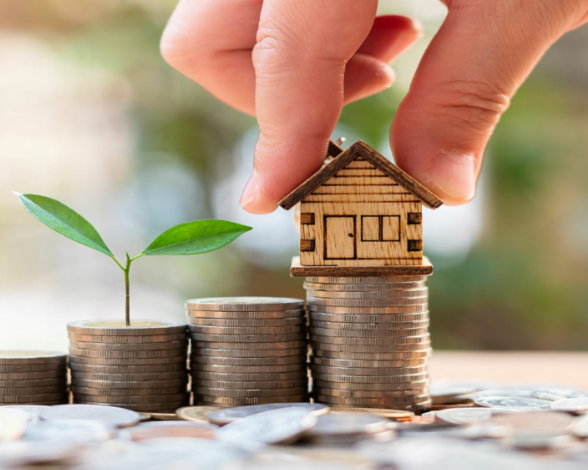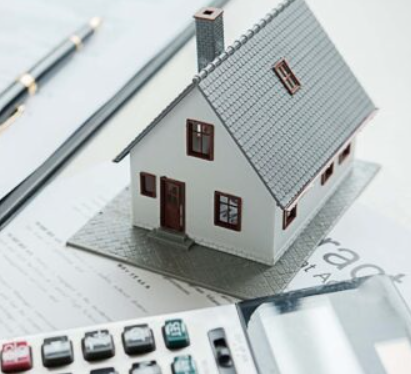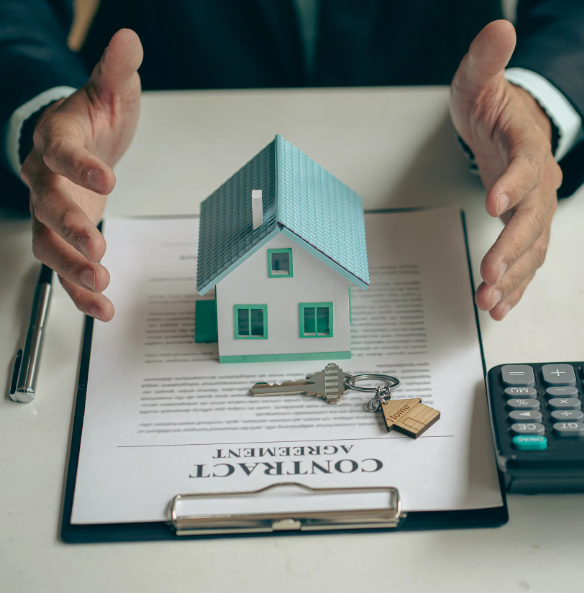How Many Investment Properties Do You Need to Retire?

When it comes to securing your financial future, real estate investment is a popular and effective option for many Australians. However, one common question that arises is how many investment properties do you need to retire comfortably? While the answer isn’t straightforward, understanding key factors like lifestyle goals, rental yields, and equity growth can guide your investment strategy.
The Key to Financial Security: Property Investment
Before diving into the specifics of how many properties you’ll need, it’s essential to think about your retirement goals. Do you want to live comfortably without worrying about bills, or are you aiming for a luxurious lifestyle during your golden years? Property investment can provide a long-term solution for creating financial freedom, especially when it comes to building a stable income and increasing your net worth.
Why Real Estate Works for Retirement
Many Australians rely on superannuation and pension payments to fund their retirement. Unfortunately, these sources often aren’t enough to live comfortably. With the rising cost of living, relying solely on these means that you’ll likely face a very frugal retirement. The average pension in Australia is around $36,000 per year for couples, which isn’t enough for most people to thrive in retirement.
Real estate, on the other hand, offers a more promising solution. It’s a stable, long-term investment, and the earlier you start investing, the better your chances for success. Plus, the property market is one of the most reliable investment options available.
Generating Positive Cash Flow
One of the major benefits of real estate is the potential for positive cash flow, which refers to the income you earn from renting out a property after deducting expenses. To calculate rental yield, you would use the following formula:
Annual Rent = Weekly Rent x Number of Weeks Rented
Rental Yield = (Annual Rent – Expenses) ÷ Purchase Price x 100
A good rental yield is typically between 4% and 6%. This yield should ideally match or exceed the interest rate of your loan, allowing you to cover most of your property’s running costs and even generate a profit. However, be mindful that property management can sometimes come with unexpected expenses like repairs or vacancies, so having a safety buffer is important.
Capital Growth Potential
Over time, property values tend to rise. In fact, Australia’s property market saw a 23.7% increase in residential property prices over the past year alone. While property growth isn’t always linear, the long-term trend is upward, which is why many investors choose a “buy-and-hold” strategy. This strategy allows you to take advantage of the property market’s natural cycles, reaping the rewards as the value of your investment appreciates over time.
Leveraging Equity
One effective way to build a large property portfolio is by recycling equity. Equity is the difference between your property’s current market value and the outstanding mortgage balance. By using this equity, you can acquire additional properties without needing a large cash deposit. While it can feel risky to borrow more money, leveraging equity allows you to expand your portfolio using minimal personal funds, which is crucial for scaling up your investment quickly.
Tax Benefits of Property Investment
Property investment comes with several tax advantages. Depreciation is one of the biggest benefits, allowing you to offset rental income by claiming property-related expenses on your tax return. Depreciation increases the amount of tax deductions available, and if your expenses exceed the rental income, your property becomes negatively geared. This is particularly beneficial for high-income earners, as it reduces your tax liability.
How to Calculate How Many Properties You Need to Retire
Before diving into your property investment strategy, you need to be clear on what kind of lifestyle you envision for your retirement. This clarity will help you determine how many investment properties you need to meet your financial goals.
To figure out how many properties you need, follow this simple formula:
- Determine your desired annual income in retirement.
- Assume a gross rental yield between 3-6%.
- Divide your desired income by the rental yield to figure out how much money you need invested in property.
This will give you a ballpark figure of how much capital you need. From there, you can calculate how many properties it will take to generate that amount of income, depending on property values and rental yields in your area.
The Phases of Building a Property Portfolio
There are three main stages in building a property portfolio before you’re ready to enjoy the rewards of passive income.
1. Acquisition Phase
In this stage, your goal is to acquire as many properties as possible to build your portfolio quickly. You’ll focus on high-growth areas to maximize your equity gains and cash flow. Interest-only loans can be useful during this phase as they allow you to pay only the interest on the loan for a set period, freeing up more funds for additional investments.
2. Consolidation Phase
After acquiring multiple properties, you’ll enter the consolidation phase. This is where you refine your portfolio by focusing on maximizing rental yields and minimizing costs. You’ll reduce your loan-to-value ratio (LVR) by either selling underperforming properties or adding value through renovations. The goal is to have a portfolio that is positively geared, meaning the rental income exceeds expenses.
3. Retirement Phase
The final phase is when you can enjoy the benefits of your hard work. By this time, your portfolio should generate enough passive income to fund your desired lifestyle. Many investors in this phase choose to adopt a more conservative investment approach, focusing on protecting their assets and enjoying the steady income from their properties.
No Magic Number
There’s no one-size-fits-all answer to how many properties you need to retire, as it depends on your personal financial goals and desired lifestyle. The key is to focus on the overall value and return of your portfolio, rather than just the number of properties. With careful planning, smart property choices, and leveraging equity, you can build a portfolio that will provide the passive income you need to retire comfortably.




